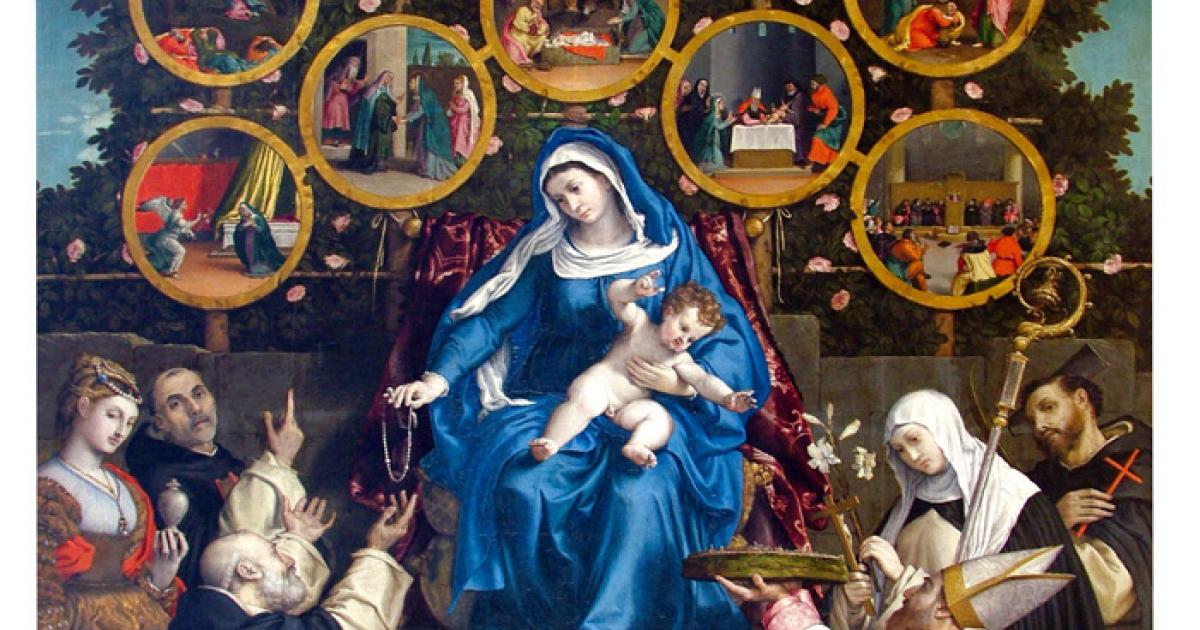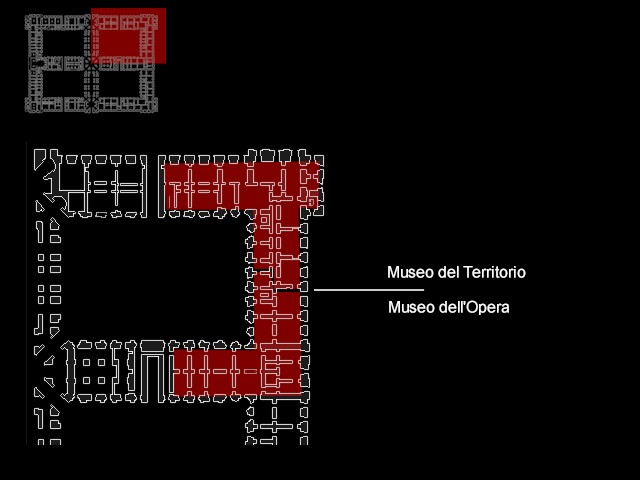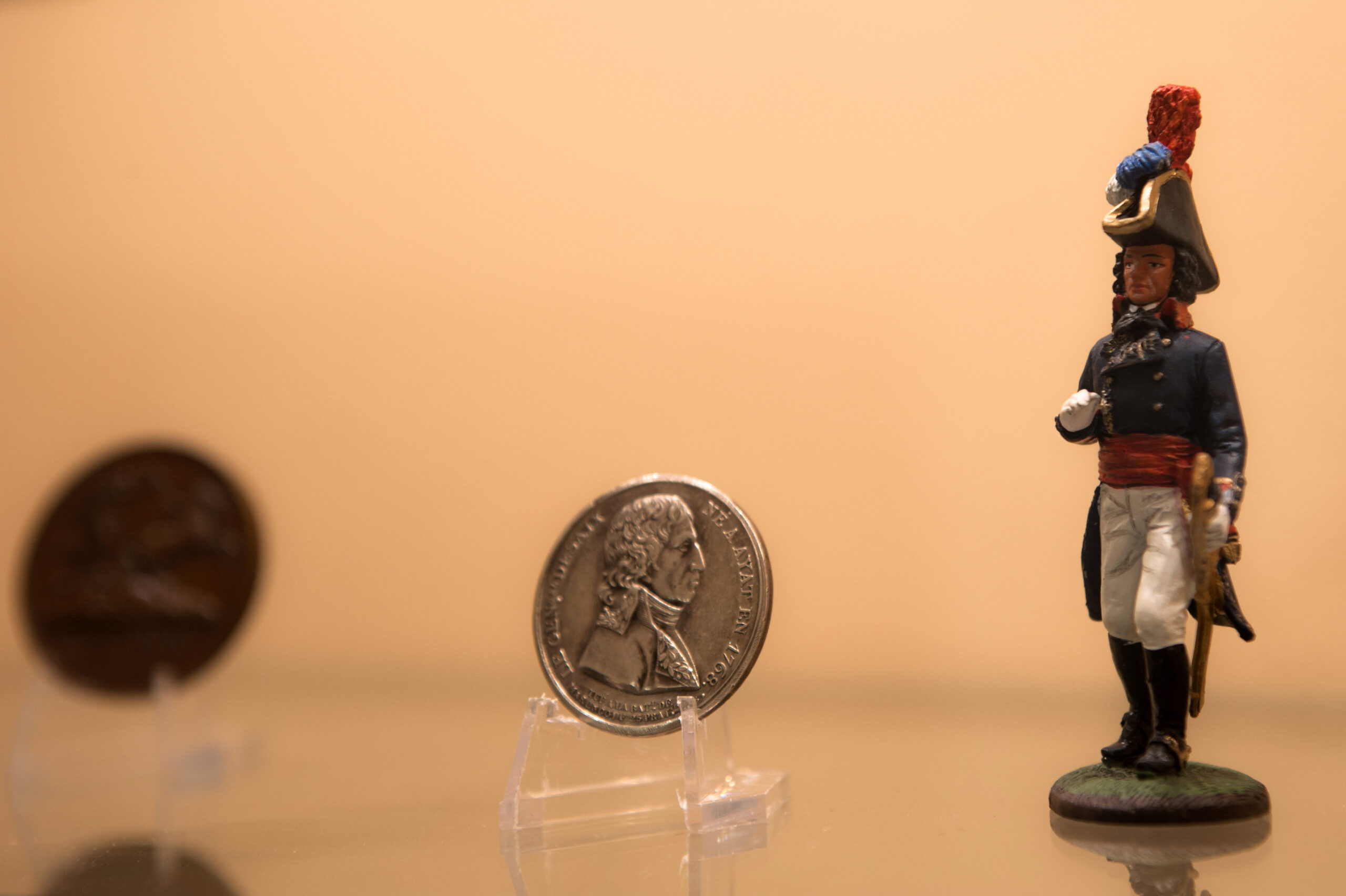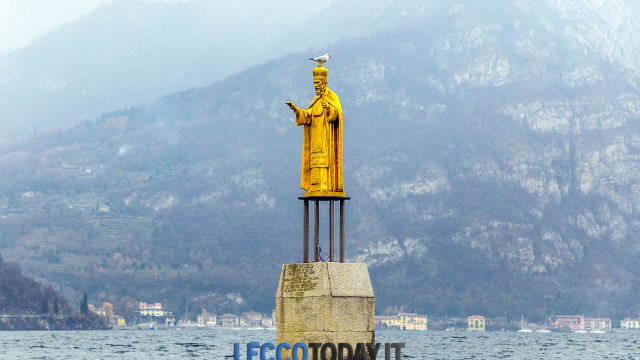One of the most important masterpieces of Cingoli is the Madonna del Rosario, one of Lorenzo Lotto’s masterpieces. Commissioned from Lorenzo Lotto in the spring of 1537 by the Dominicans of Cingoli for the high altar of their restored church, the large canvas dedicated to the theme of the Virgin of the Rosary was completed by the famous Venetian painter in 1539, as can be seen on the front face of the imposing stone base on which the Madonna’s throne rests.
Date before which the artist also put his signature, in the Latin form: "L[aurentius] Lotus", thus exploiting the suggestion, dear to him, that his surname in Latin took on, being in the same form as the flower "of oblivion": the lotus.
The imposing painting, 389 x 264 cm, is undoubtedly one of Lorenzo Lotto’s "masterpieces": the artist, now in his sixties, sealed in this work his stylistic, technical, cultural and spiritual mark; the Virgin of the Rosary of Cingoli is in fact one of the most complex and semantically profound works in the production of the sensitive and learned Venetian artist.
Against a sky veiled in evening light, an imposing rose garden stands out, forming the background to a wooden lattice on which fifteen medallions are placed in pyramidal form, positioned in three orders, containing the themes of the fifteen mysteries of the Marian cult of the Rosary. Minute masterpieces in the masterpiece.
In a composition that should be read from top to bottom and then from left to right, there are: the five Joyful Mysteries (Annunciation, Visitation, Nativity, Presentation in the Temple, Christ Child Teaching the Doctors), the five Sorrowful Mysteries (Christ in the Garden of Olives, Flagellation, Crowning with Thorns, Ascent to Calvary, Crucifixion) and the five Glorious Mysteries (Resurrection, Ascension, Pentecost, Assumption of the Virgin, Coronation of the Virgin).
An interminable wall, made of large blocks, worn by time, occluding the lower part of the large rose garden, acts as a further background to the sacred conversation with the Virgin enthroned with Child surrounded by saints who honour her, arranged in three orders: on the first order the saints Domenico (who receives the Rosary crown from the Madonna) and Esuperanzio (patron saint of the city of Cingoli, who offers a model of the city, depicted live, seen from the east, towards which the child leans out, almost as if to escape his mother’s embrace); on the second tier, elegantly dressed in typical 16th century style, Mary Magdalene (in whom tradition has it that Lotto portrayed the noblewoman from Cingoli, Sperandia Franceschini Simonetti) and Catherine of Siena; on the last tier, the Dominican saints Vincent Ferrer and Peter of Verona, the latter recognizable by his curious iconographic attribute: the axe thrust into his head, with which he suffered martyrdom.
Below, in the centre, is the child John the Baptist pointing to Christ, and two cherubs, one of whom is throwing rose petals with both hands from the wicker basket in front of him; a gesture which, apart from its undoubted symbolic and metaphorical value, hints at the age-old popular tradition of throwing flowers as the image of the Virgin passes by during religious festivals.
The work is currently kept in the hall of coats of arms of the Municipality of Cingoli together with other important canvases and frescoes.













